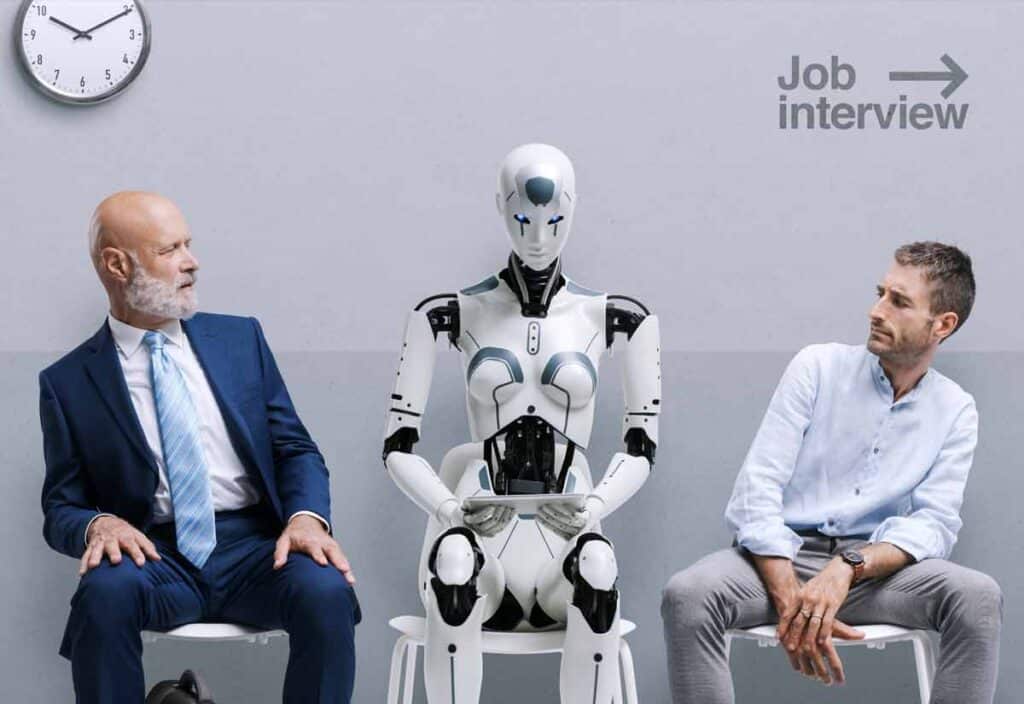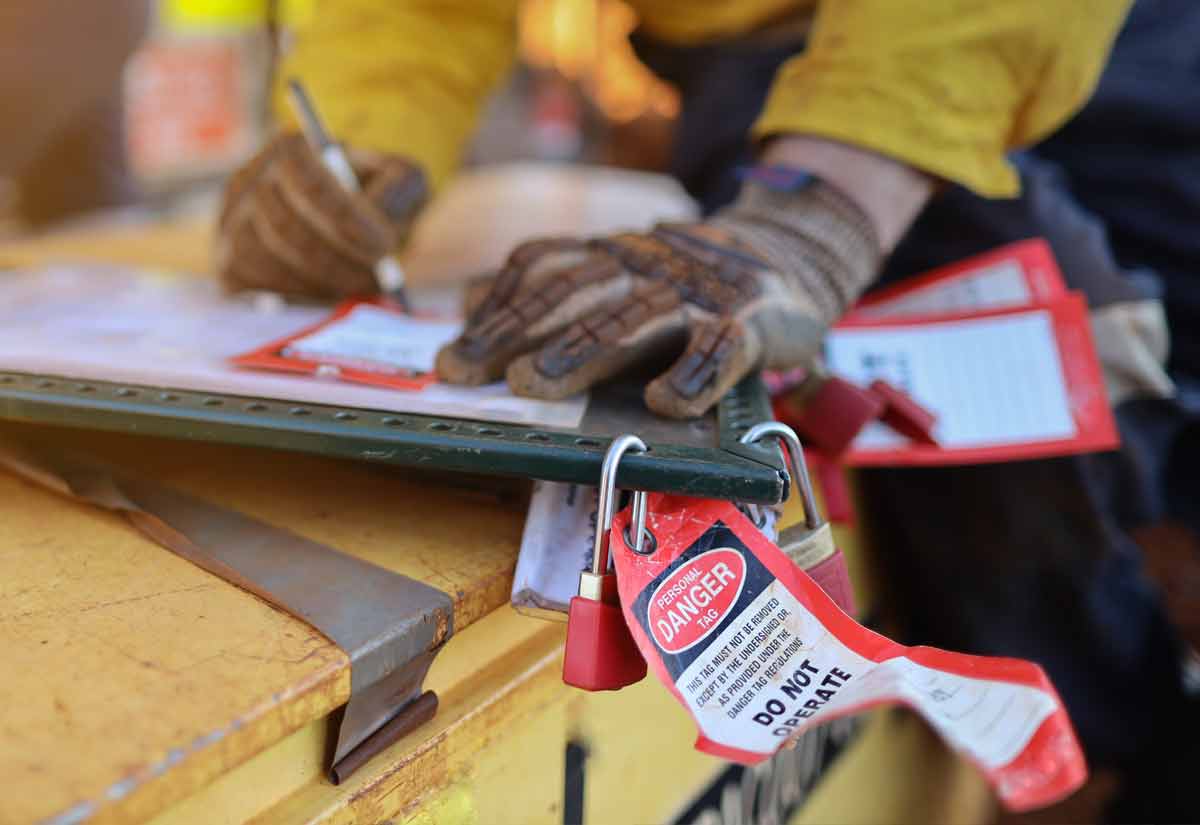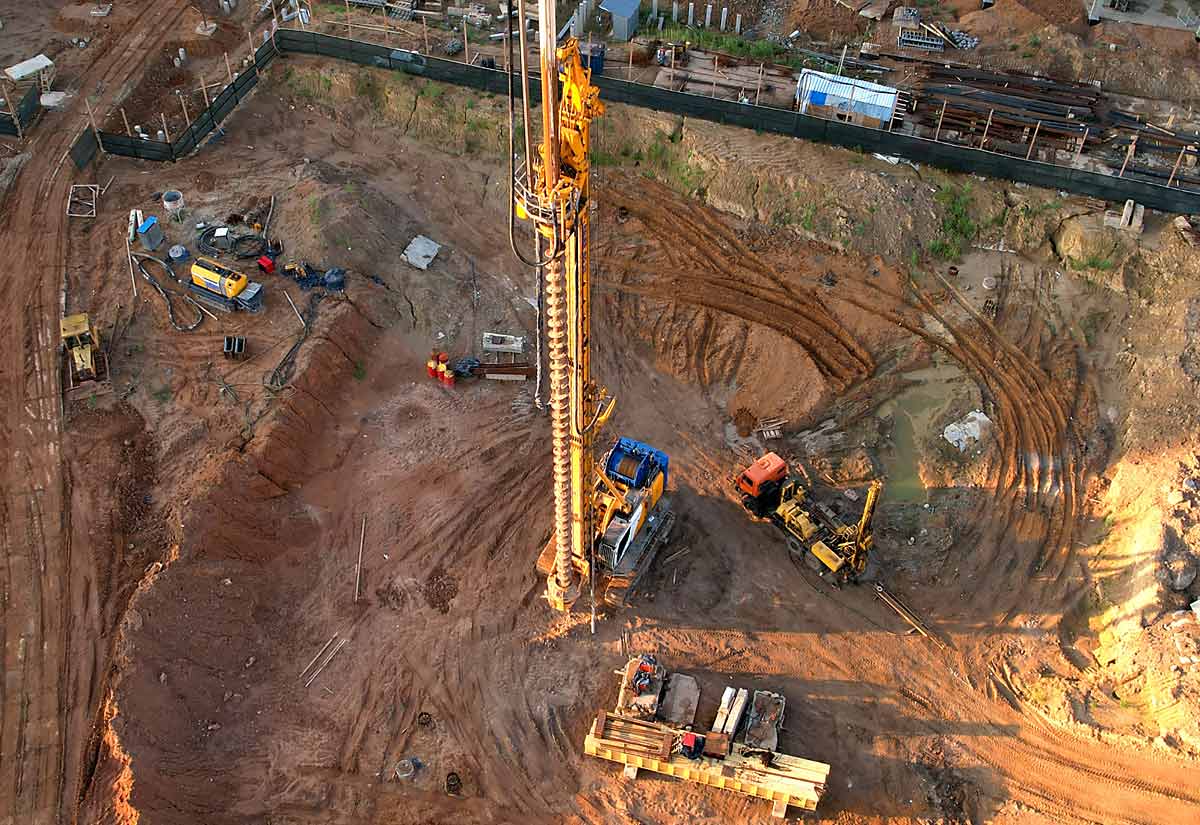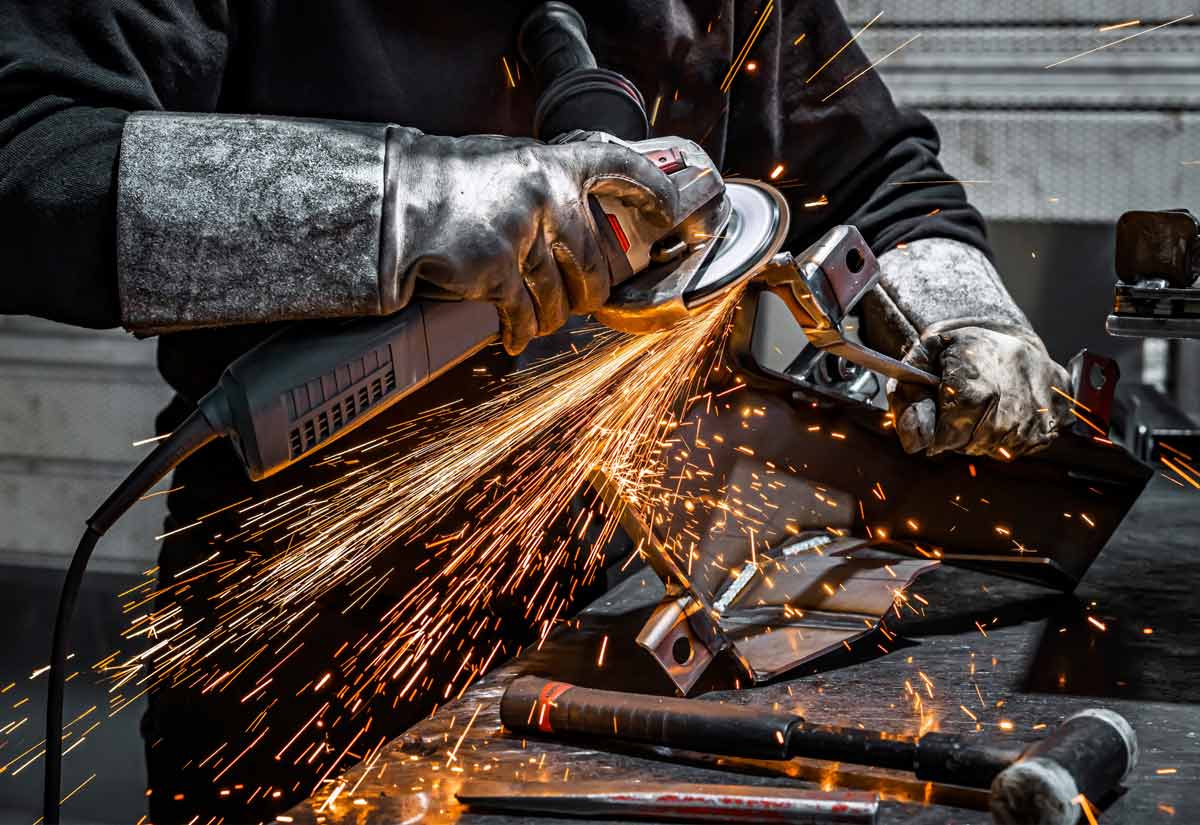They Don’t Call it Artificial Intelligence for Nothing
In our recent blog, we discussed how AI is poised to make quantum leaps in heavy industry, not to mention the rest of the world that heavy industry keeps up and running. Quantum AI is often promoted as the potential superhero of the digital omniverse, able to leap tall problems in a single bound, handle enormous arrays of complex variables, and take decisive spooky actions at a distance with the brilliance of Einstein and the wisdom of Solomon.
The problem is, to be blunt, we just ain’t there yet.
That’s the AI of the very near future according to William “Whurley” Hurley, the seasoned entrepreneur who founded the quantum computer startup Strangeworks. Whurley expects a whirlwind of quantum leaps predicting some ROI soon on his $4 million USD investment:
“Now I am also a big proponent and believer that we will go through those [quantum] iterations at a billion times the pace of classical computing. I say that sometime between tomorrow and within 24 to 36 months, there’s going to be a watershed moment. I wouldn’t be working at this company if I thought it was 10 years before there’s any value.”
AI Isn’t Making A’s on All Human Report Cards
2 to 3 years to prepare for the ultimate supercomputing quantum AI? That may well be the case for Artificial Intelligence on the other side of the quantum leap moment predicted by William Hurley, the keyword being “Quantum”.
For now, AI is often a classical computing bound checker player in a 3D human chessmaster world, an annoying entity that according to machinists and editors alike, can actually create more work for humans, not less. As it turns out AI on the plant floor is often a slave-driving juvenile who doesn’t work and play well with others.
Even the term “AI” is bandied about loosely, applied by the marketing madmen to the rudimentary chatbots that holler for human help in response to any spontaneously texted question not selected from a 1980s-style dropdown list. Hardly more “artificially” intelligent than a 1970s-era answering machine, and quite often the human who jumps in can’t pass the Turing test that the bot fails either.
In other words, everything marketed as AI isn’t up to state-of-the-art ChatGPT standards. That’s an AI that puts the Turing Test in perspective. That most famous test of machine intelligence was a thought experiment proposed by the British mathematician and WW2 Enigma code buster Alan Turing in 1950.

Turing suggested an assessment that he called the imitation game. This was a scenario in which human judges conduct text-based conversations with a hidden computer and an unseen person. Could the judge reliably detect which was the computer?
According to an informative article at Nature, “researchers agree that GPT-4, the digital brain behind ChatGPT and other LLMs (large language models) would probably now pass the popular conception of the Turing test, in that they can fool a lot of people, at least briefly. But raising and grading advanced LLMs can be a puzzling challenge.
“The team behind the logic puzzles aims to provide a better benchmark for testing the capabilities of AI systems — and to help address a conundrum about large language models (LLMs) such as GPT-4. Tested in one way, they breeze through what once were considered landmark feats of machine intelligence. Tested another way, they seem less impressive, exhibiting glaring blind spots and an inability to reason about abstract concepts.”- ChatGPT broke the Turing test — the race is on for new ways to assess AI-Nature
AI is failing to make the grade with one disgruntled magazine publisher. Neil Clarke, who told CNN that he recently had to pause submissions for his science fiction and fantasy magazine Clarkesworld due to an avalanche of “consistently bad” AI-generated submissions.
From bad content to bad fashion, AI has been generating bad news. Another delinquent AI is getting the credit for generating an image of the Pope’s puffy coat, one that made Seinfeld’s puffy shirt of old look like a high fashion statement.
AI is also in hot water with Sarah Silverman who is suing Open AI and Meta for using her copyrighted works to train their AIs. AI-generated chatbots are creating and operating spam sites to leach ad revenue, but these are generally c-suite, white collar workforce problems.
Ironically, that’s where AI is making its reputation. According to the Massachusetts Institute of Technology, “access to ChatGPT increased productivity for workers who were assigned tasks like writing cover letters, “delicate” emails and cost-benefit analyses. “I think what our study shows is that this kind of technology has important applications in white collar work. It’s a useful technology. But it’s still too early to tell if it will be good or bad, or how exactly it’s going to cause society to adjust,” – Shakked Noy, PhD student in MIT’s Department of Economics
Rapid AI Rollout Doubled Their Workload
“Ivana Saula, the research director for the International Association of Machinists and Aerospace Workers, told CNN that workers in her union have said they feel like ‘guinea pigs’ amid the rapid rollout of AI tools that frequently result in additional ‘residual tasks that a human still needs to do’.”- AI Can Make Some Jobs More Difficult and Time-Consuming- Entrepreneur.com
AI deployed too rapidly on the industrial plant floor can be a major workforce disruptor. That’s a problem for everyone, no matter what color their collars happen to be. We’ll be looking at how AI and the human workforce can achieve continuous improvement and avoid the unintended consequences that are inevitable as AI gets schooled for heavy industry.
About Resource Erectors
We have decades of experience recruiting and matching the best professional candidates with the heavy industry companies across North America who seek their talents to avoid costly workforce disruptions.
When you’re ready to make a move we have lucrative 6-figure opportunities in mining, engineering, aggregates, concrete, civil construction, industrial minerals, bulk materials, sales, safety, and more you’re ready for Resource Erectors so don’t hesitate to contact us today.











